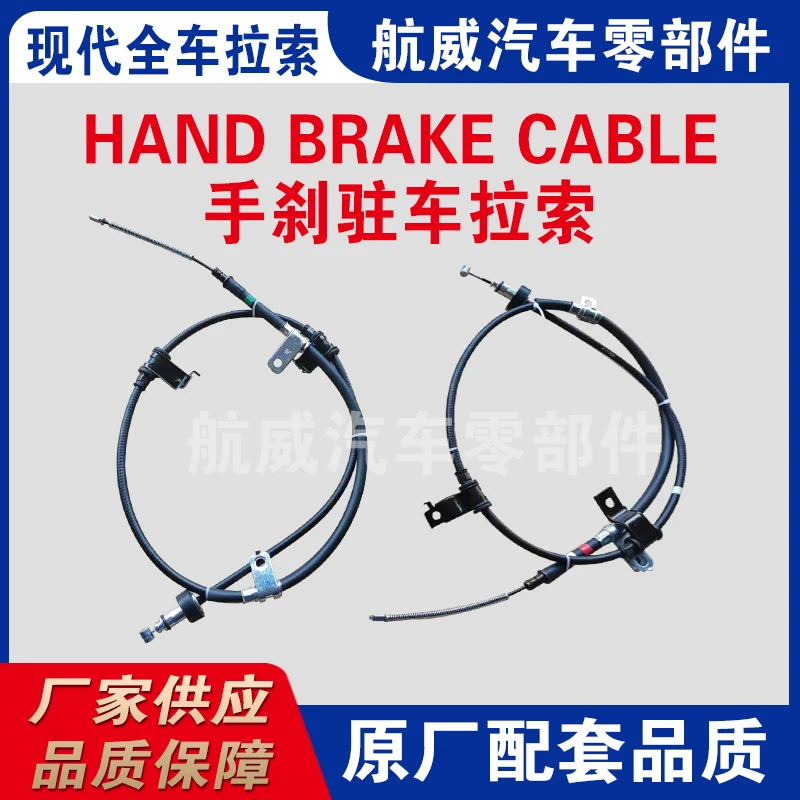Understanding Throttle Linkage Mechanisms in Bell Crank Designs for Efficient Engine Control
Understanding Throttle Linkage Bell Crank Mechanisms
The throttle linkage bell crank serves as a crucial component in various types of machinery, particularly in automotive and aviation applications. This mechanical element plays a pivotal role in transmitting motion from the throttle pedal (or lever) to the throttle body or carburetor. By understanding its design, function, and importance, we can appreciate how it contributes to the overall performance of an engine.
What is a Bell Crank?
A bell crank is a type of lever mechanism that converts linear motion into rotational motion, or vice versa, usually at a right angle. In simpler terms, it acts as a pivot point that changes the direction of force. The design consists of two arms of unequal lengths, positioned around a central pivot. When force is applied to one arm, it causes the other arm to move in a perpendicular direction.
The Role of Throttle Linkage
In the context of engines, throttle linkage connects the throttle pedal in the vehicle to the throttle mechanism of the engine. When a driver presses the accelerator, the throttle linkage transmits that motion, allowing more air and fuel into the engine and thereby increasing engine power output. The efficiency of this process directly affects the vehicle's responsiveness and acceleration.
Bell Crank in Throttle Linkage
In a typical throttle linkage system, the bell crank is positioned between the throttle pedal and the throttle body. When the driver depresses the accelerator, the linear motion generated engages the bell crank. This causes the crank to pivot and convert that linear motion into rotational movement, resulting in the adjustment of the throttle plate angle.
The bell crank’s pivotal role means that its size, shape, and material can significantly influence the system’s overall effectiveness. A properly designed bell crank ensures smooth action and minimal friction, which translates to a more responsive driving experience. Conversely, a poorly designed or malfunctioning bell crank can lead to increased resistance and eventual throttle lag, making the vehicle sluggish and unresponsive.
throttle linkage bell crank

Design Considerations
Several factors come into play when designing a throttle linkage bell crank. These include the mechanical advantage, which is influenced by the lengths of the crank arms; the materials used, which must adequately withstand the forces exerted during operation; and the angle of rotation, which should be optimized to allow for maximum throttle opening with minimal pedal movement.
Furthermore, adjustments may be necessary depending on the specific vehicle and engine configuration. For example, in high-performance applications, manufacturers often optimize the throttle linkage to provide quicker and more precise throttle response, enabling better control during acceleration.
Benefits of an Effective Throttle Linkage Bell Crank
A well-designed throttle linkage bell crank can enhance engine performance in several ways
1. Improved Response Time By accurately translating pedal movement to throttle opening, drivers experience immediate and precise feedback. 2. Greater Control Fine-tuning the bell crank allows for a more controlled delivery of power, crucial during rapid acceleration or precise driving conditions. 3. Reduced Wear High-quality materials and optimized designs can minimize friction and wear, leading to a longer lifespan for both the bell crank and the associated components.
4. Adaptability Customizable options for various applications make the bell crank a versatile choice for engine tuning and performance modifications.
Conclusion
The throttle linkage bell crank is an integral part of engine management systems, directly influencing an engine’s response to driver input. Understanding its mechanics and ensuring its efficiency can lead to significant improvements in vehicle performance and driving experience. From everyday vehicles to high-performance racing machines, the effectiveness of the throttle linkage bell crank remains a key factor in the dynamics of modern engines. As technology continues to evolve, so too will the designs and applications of these essential components, keeping the focus on enhancing the relationship between driver and machine.
-
Upgrade Your Vehicle with High-Quality Handbrake CablesNewsNov.01,2024
-
Optimize Your Bike's Performance with Quality CablesNewsNov.01,2024
-
Enhance Your Vehicle's Performance with Quality Clutch ComponentsNewsNov.01,2024
-
Elevate Your Vehicle's Performance with Quality Throttle CablesNewsNov.01,2024
-
Elevate Your Vehicle's Performance with Quality CablesNewsNov.01,2024
-
Affordable Solutions for Your Cable NeedsNewsNov.01,2024
